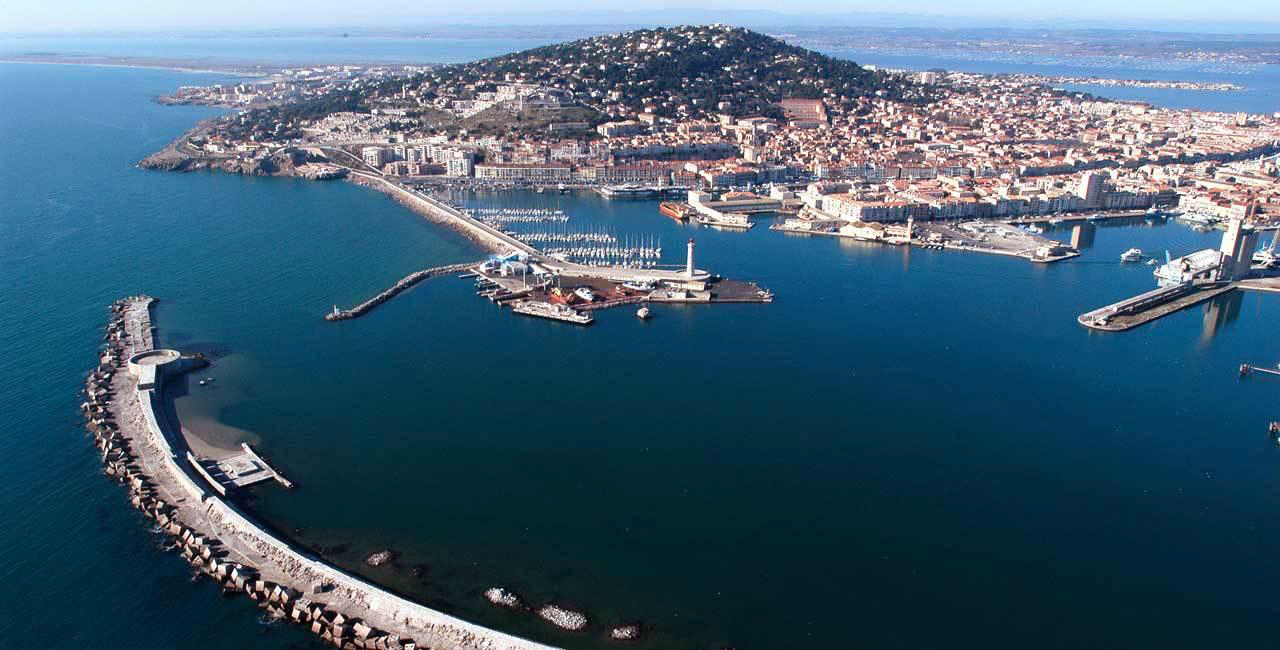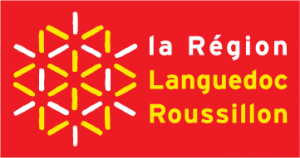Sète and the surrounding area
Sète is a little Venice of the Languedoc region, with a wealth of charms and assets.
With Mont St Clair towering above it, the fishing port at its feet and the Etang de Thau beside it, this sunny little town, criss-crossed by canals, is always bustling with activity. Paul Valery and Georges Brassens are its most famous sons.
They are buried here today.
Each in their own way paid tribute to the beauty of this town, which flirts with the sea, garrigue, vineyards and ponds.
A little history…
Created by royal decree in 1666, “Cette” was the brainchild of three men: Paul Riquet, who was looking for an outlet to the Mediterranean for the Canal du Midi; Louis XIV, who was looking for a harbor for his royal galleys and wanted to create an export port for Languedoc products; and the Chevalier de Clerville, who was asked by Colbert to find the most suitable cape for building a port.
Sète, l’île singulière, invites you to experience the exceptional.
On the port side, trawlers, pleasure boats, ferries and the colorful boats of the jousters are busy at all hours.
In the old town, markets, fish markets, music festivals, modern and popular museums set the pace.
In August, for the St. Louis festival, the little port town puts on its finest finery and makes eyes at the winner of the jousting competition.
Museums
Georges Brassens, Paul Valéry, Jean Vilar, Hervé Di Rosa, Robert Combas … But what secret does Sète hold that gives rise to so many artistic vocations?
Come and see for yourself!
The Centre Régional d’Art Contemporain Languedoc-Roussillon, L’espace Brassens, Le musée Paul Valéry and the Musée International des Arts Modestes present permanent and temporary exhibitions for you to discover throughout the year.
Gastronomic territory
Where products from the sea and the land come together.
All week long, our local markets invite you to discover the richness of our terroir (le halles, weekly and artisanal markets…) Savor sea bass and fresh sardines, discover Tielle, that tomato and cuttlefish pie cooked over a wood fire.
As for the hills, the land of garrigue, vines and olives, grapes are grown and flavored oil is pressed to enhance cooked fish and quench the thirst of all Sète’s fine restaurants.
Not to be missed!
- Bouzigues, the oyster capital of the Etang de Thau.
Pond-side restaurants and bistros. - Frontignan; home of the golden-colored Muscat that delights the taste buds, but should be consumed in moderation.
- In Marseillan, a visit to the Noilly Prat cellars requires the same rigor as the previous visit.
Festivals in Sète
List of events on the tourist office website













